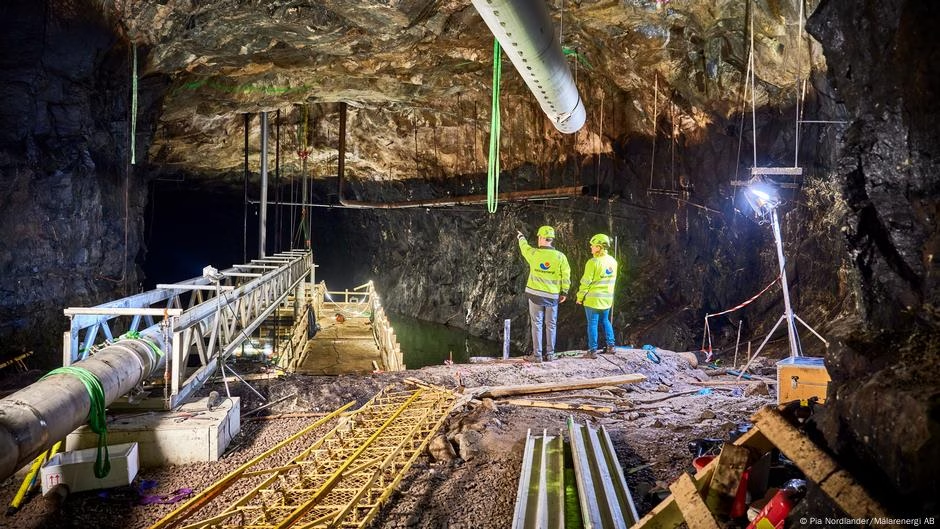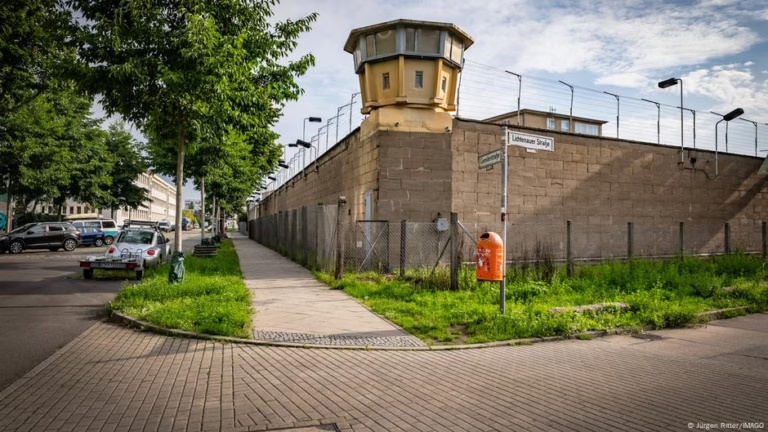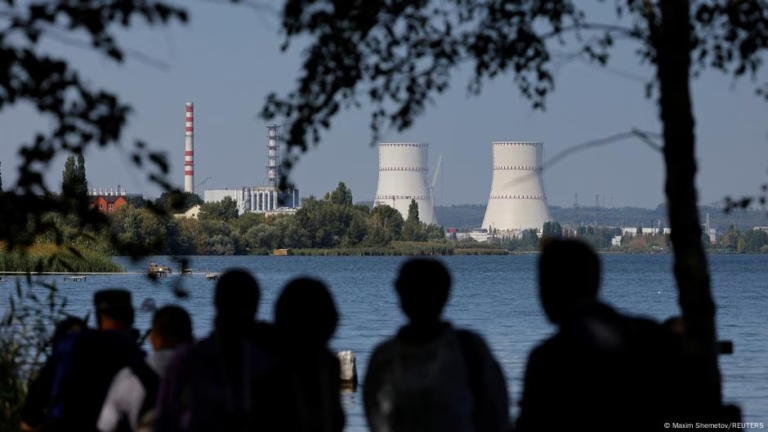Beneath the southern Swedish city of Vasteras, a hidden system of man-made tunnels and caverns exists. Built during the Cold War to stockpile oil, they now serve a different purpose: storing very hot water. The initiative, visited by the Swedish king upon opening, is part of a huge heat battery system designed to keep Vasteras warm, especially during winter when temperatures can drop to -20°C.
Vasteras, situated on the Svartan river and home to 160,000 residents, uses a district heating system. Unlike individual home boilers, the city uses a co-generation plant that burns household waste and wood to produce electricity and heat for 98% of its buildings. This makes the system twice as energy-efficient as a traditional power plant, with 90% of the energy used being utilized.
The city’s energy company, Malarenergi, aimed to improve this system by using the old oil storage caverns for heat storage. They invested $15.5 million to clean and modify the caverns, capable of holding as much liquid as 100 Olympic-sized swimming pools. This heat storage can act as a buffer during summer’s low-demand periods and can provide warmth for up to two weeks in winter, reducing the need for fossil fuels and CO2 emissions by an estimated 1,600 tons annually.
While Vasteras’ project is remarkable, other places without existing oil storage sites can also construct heat storage systems. In Finland, for example, the Varanto project aims to create a cave system three times larger than Vasteras’.crystalline bedrock in countries like Sweden, Finland, and Norway makes them ideal for such projects. Those without such bedrock may resort to drilling wells to heat up natural underground rock or gravel layers, or digging out large pits to store hot water.
Source: https://www.dw.com/en/sweden-s-homes-heated-by-a-giant-underground-thermos/a-71756844?maca=en-rss-en-all-1573-rdf







